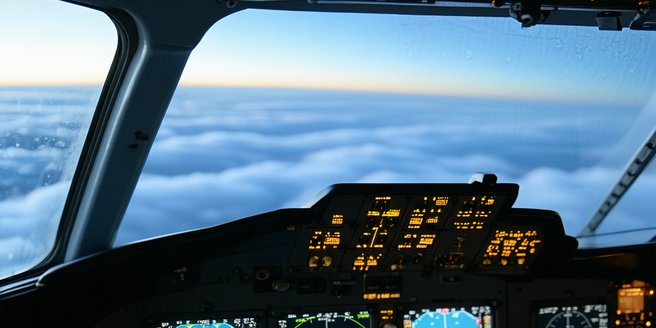
Understanding Pilot Weather Reports (PIREPs)
Pilot Weather Reports, commonly known as PIREPs, are critical observations made by pilots during flight. These reports provide real-time information about atmospheric conditions, which is invaluable for weather forecasting and enhancing aviation safety. PIREPs cover a range of meteorological information such as cloud layers, turbulence, wind conditions, and the presence of ice. They are vital because they relay conditions that cannot always be captured by ground-based weather observations or satellite imagery. Pilots contribute to a network of shared data, making flying safer for everyone. Understanding PIREPs allows pilots and meteorologists to predict weather changes more effectively and to identify potential hazards. As pilots traverse various altitudes and locations, the data they provide fills the gaps left by traditional meteorological tools, offering a comprehensive picture of the sky’s conditions.
Importance of PIREPs in Flight Safety
PIREPs play an integral role in flight safety, offering timely and accurate data that can alter flight routes, altitudes, and timings to ensure safety. These real-time reports from pilots, travelling through the airspace, complement other weather information by providing a first-hand account of conditions such as sudden turbulence, unexpected icing, or clear air disturbances. This information assists air traffic control and airline operations in making informed decisions quickly, potentially avoiding hazardous conditions that could risk passengers’ safety. Additionally, PIREPs help meteorologists to fine-tune weather forecasts, increasing their accuracy and reliability. By understanding and utilizing PIREPs, pilots can better assess risks and make informed flight plan adjustments. Consequently, the value of PIREPs extends beyond individual flight safety to enhance the entire aviation industry’s safety protocols.
How PIREPs Are Collected and Used
The collection of PIREPs begins with pilots themselves, who submit their observations during flight, through radio communication with Air Traffic Control (ATC) or through digital systems onboard aircraft. Once a report is received, it’s transmitted to meteorological agencies and distributed across various platforms, ensuring widespread access to this critical information. Once processed, these reports are integrated with other meteorological data sources, such as radar and satellite images, to enhance weather forecasts and analysis. PIREPs are used by flight operations teams to make better-informed decisions about routing and altitude changes, ensuring the safety of aircraft in flight. Moreover, meteorologists analyze this information to verify weather models, making necessary adjustments to improve forecast accuracy. From pilot submission to application, PIREPs are an essential component of the aviation safety structure.
Challenges in Obtaining Accurate PIREPs
Securing accurate PIREPs presents numerous challenges, with the reliability of reports hinging on the subjective assessment of pilots. Factors such as pilot experience, workload, and environmental variables can influence report accuracy. Furthermore, the frequency and consistency of PIREP submissions vary greatly, leading to gaps in data coverage. Communication difficulties, caused by technical issues or limited bandwidth, may delay the transmission of crucial weather information. Some regions experience a lack of reporting, especially over remote or less-trafficked areas, reducing the overall effectiveness of PIREP networks. Efforts to standardize reporting formats and enhance pilot training on weather observations continue, aiming to minimize human error and improve the quality of data collected. Addressing these challenges is vital for bolstering the reliability of PIREPs and maintaining the integrity of flight safety measures.
Future Advancements in PIREP Technology
The future of PIREP technology promises advancements that will enhance data collection and utilization. Emerging technologies such as automated reporting systems aim to minimize human error and increase consistency, providing more reliable data. The development of onboard sensors capable of detecting weather phenomena and uploading data in real-time could revolutionize how PIREPs are established and shared. Additionally, integrating PIREPs with artificial intelligence could lead to more accurate and dynamic weather models, improving the predictive capabilities of meteorological agencies. The growing connectivity of aircraft through networks like the Internet of Things (IoT) expands the potential for seamless data transmission across the globe. These advancements stand to increase the efficacy and scope of PIREP contributions, thereby elevating flight safety to unprecedented levels. Embracing these innovations will be key to overcoming current limitations in PIREP collection and distribution.
